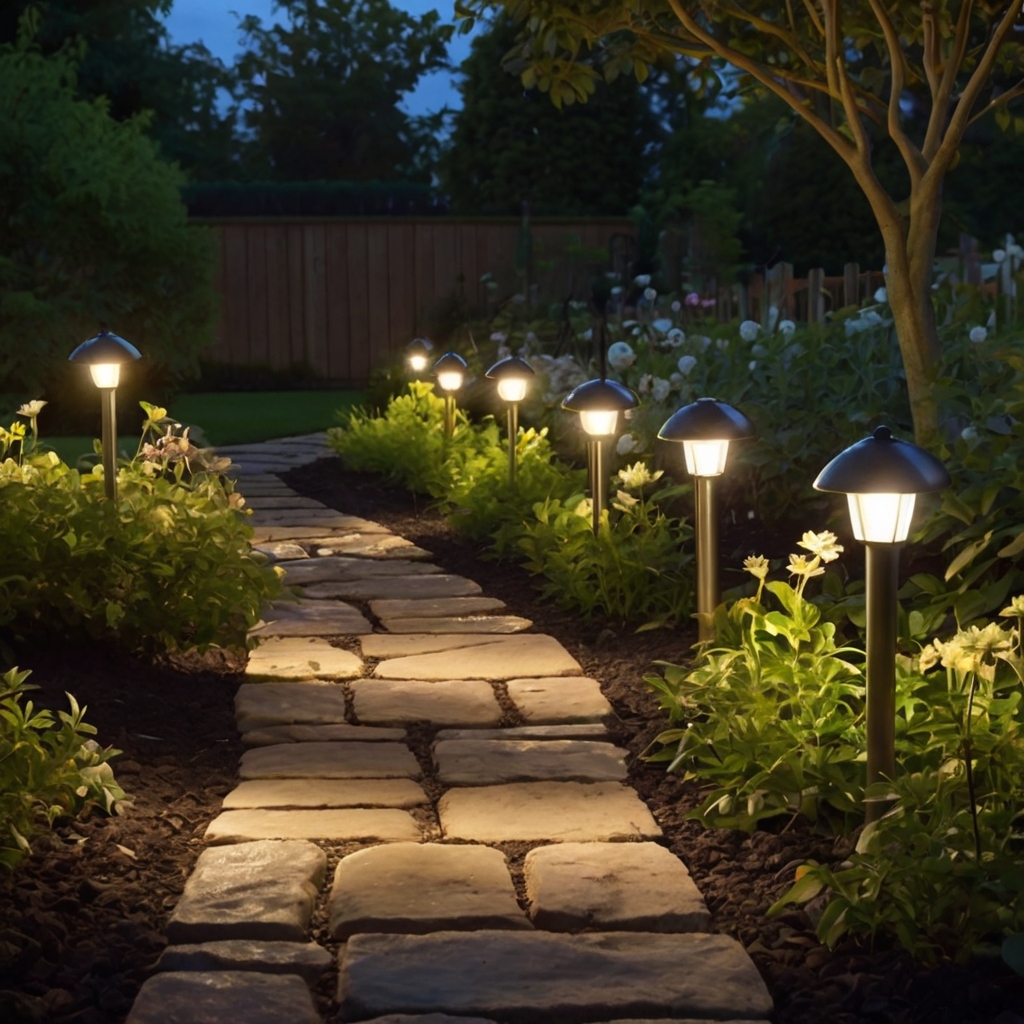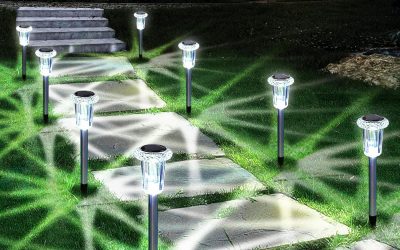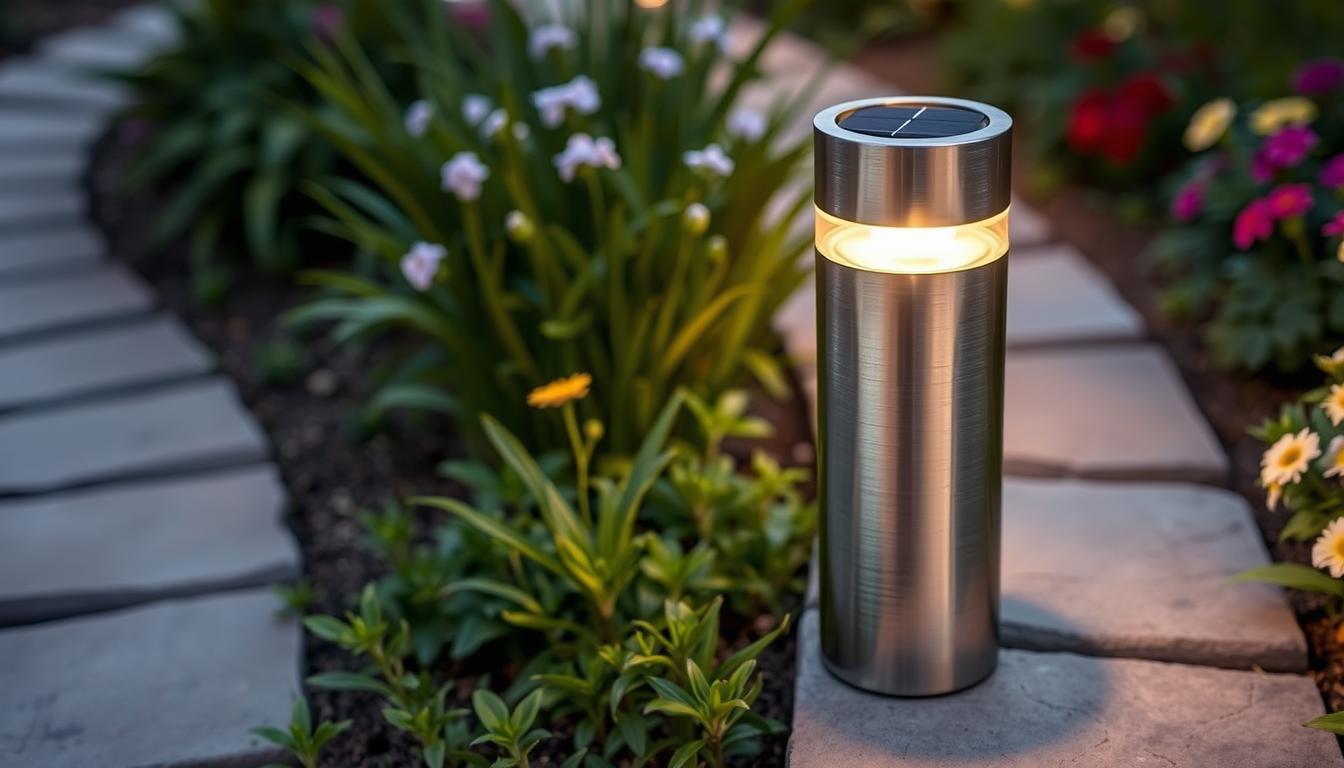In “The Battle for Brightness: How to Choose Solar Path Lights That Illuminate Your Path,” you’ll discover everything you need to know to light up your walkways confidently. Selecting the right solar path lights can be daunting with so many available options. But worry not! This guide breaks down the essential features and practical tips to ensure you pick path lights that do more than look pretty—they’ll provide genuine illumination to keep your paths safe and inviting.
Have you ever stumbled in the dark while walking to your house at night? Or perhaps you’ve invested in solar path lights before, only to be disappointed by their lackluster performance? The quest for the perfect garden and pathway illumination can feel like searching for a needle in a haystack. But fear not—this article will guide you through choosing solar path lights that will brighten your path and charm your outdoor space.
Why Solar Path Lights?
Environmental Benefits
Using solar path lights helps you reduce your carbon footprint. Because they rely on solar energy, these lights don’t consume electricity from the grid, which often depends on fossil fuels. They don’t contribute to pollution, making them a green choice for anyone looking to be more eco-friendly.
Cost-Effective Over Time
Although the initial investment might be higher than traditional wired garden lights, solar path lights pay for themselves over time due to the zero operating costs. There are no electrical bills to worry about, which adds to significant savings in the long run.
Ease of Installation
One of the most significant advantages of solar path lights is their ease of installation. Since they don’t require complicated wiring, you can place them virtually anywhere in your garden or along your path. Most models come with stakes you can push into the ground, making it a hassle-free experience.
Factors to Consider When Choosing Solar Path Lights
Brightness
The brightness of solar path lights is measured in lumens. If you want lights that illuminate your path rather than provide decorative features, aim for lights with at least 10-30 lumens. Anything less, and you might find the light too dim to be functional.
Battery Life and Type
Look for solar lights that come with high-capacity batteries. Lithium-ion batteries are more efficient and have a longer lifespan than nickel-cadmium batteries. The battery life should be sufficient to keep your lights on for at least 8-12 hours after a full day’s charge.
Solar Panel Quality
The efficiency of a solar path light largely depends on the quality of its solar panel. Panels made from monocrystalline silicon are generally more efficient than those made from polycrystalline or thin-film materials. Higher-efficiency panels will charge the battery faster and better under lower light conditions.
Durability and Weather Resistance
Since solar path lights will be exposed to the elements year-round, you should look for options made from durable materials like stainless steel or high-quality plastic. Additionally, ensure that the lights are rated for weather resistance (look for IP ratings like IP65).
Design and Aesthetics
While functionality is crucial, you also want lights that complement your garden or pathway design. Solar path lights come in various styles, from modern minimalist designs to classic lantern looks. Choose a design that fits well with your outdoor aesthetic.
Automatic On/Off Features
Many modern solar path lights come with automatic sensors that turn the lights on at dusk and off at dawn. This ensures that your path is always illuminated without you needing to flip a switch, providing both convenience and energy efficiency.
Price
While you might be tempted to opt for the cheapest option, balancing cost with quality is essential. Inexpensive models may offer lower brightness, shorter battery life, and less durability. Consider mid-range possibilities that provide a good balance of features for the price.

Comparing Popular Solar Path Light Models
Let’s compare a few popular solar path light models today to make your decision easier.
| Feature | Model A | Model B | Model C |
|---|---|---|---|
| Brightness (Lumens) | 20 | 15 | 30 |
| Battery Type | Lithium-ion | Nickel-cadmium | Lithium-ion |
| Solar Panel Type | Monocrystalline | Polycrystalline | Monocrystalline |
| Weather Resistance | IP65 | IP44 | IP67 |
| Design | Modern Minimalist | Classic Lantern | Modern Elegant |
| Automatic On/Off | Yes | Yes | Yes |
| Price | $$ | $ | $$$ |
Model A: The Balanced Choice
Model A offers a middle-ground option with decent brightness, a robust lithium-ion battery, and good weather resistance. It features a modern minimalist design suitable for various outdoor settings. If you’re looking for a light that combines aesthetics and functionality without breaking the bank, Model A is a solid choice.
Model B: The Budget-Friendly Option
Model B is the most affordable but has some compromises, like lower brightness and a less efficient battery. However, it’s still a good starter option if you’re new to solar lighting and don’t want to invest too much initially.
Model C: The Premium Performer
Model C is the way to go if you invest more for the best performance. With high lumens, superior battery life, and exceptional weather resistance, this model is designed to illuminate your path entirely. The modern, elegant design adds a luxurious touch to your outdoor space.
Installation Tips
Placement
Proper placement is crucial for maximizing the efficiency of your solar path lights. Place your lights where they can receive direct sunlight most of the day. Avoid shaded areas where trees, bushes, or other structures might obstruct the light.
Spacing
Depending on the brightness, spacing your lights every 6-8 feet is usually a good rule of thumb. This ensures that the light coverage is even and sufficient to illuminate your path.
Angle
Ensure that the solar panels are at an angle where they can capture maximum sunlight. Placing the lights in flat, unobstructed areas is generally best for fixed-panel models.
Maintenance
Regular cleaning of the solar panels is essential to maintain efficiency. Dust and debris can block sunlight and reduce charging capacity. Wiping down the surface with a damp cloth every few weeks will go a long way in keeping your lights efficient.

Troubleshooting Common Issues
Light Not Turning On
If your solar path light isn’t turning on, first check if the battery is adequately charged. Sometimes, turning the light off and charging it for a full day can reset and solve the problem. Additionally, ensure the solar panel isn’t obstructed by dirt or debris.
Inconsistent Illumination
If the light seems inconsistent, it could be an issue with the battery. Older batteries tend to lose capacity over time, so consider replacing the battery if the light isn’t performing as expected. Also, make sure the solar panel angles correctly to capture maximum sunlight.
Short Battery Life
Battery life can be shortened if the light doesn’t receive enough sun during the day. Make any necessary adjustments to the placement or angle of the solar panel to improve charge efficiency. If your area has frequent overcast days, you might need a solar panel with higher efficiency or a larger battery capacity.
The Future of Solar Path Lighting
Smart Solar Lights
With advances in smart home technology, intelligent solar path lights are becoming an exciting new trend. These lights can be controlled remotely via smartphone apps, allowing you to customize settings and schedules and even integrate with other smart home systems.
Enhanced Efficiency
Future solar panel and battery technology improvements will likely make solar path lights even more efficient. We can expect longer-lasting, brighter, and more reliable solar lighting solutions as innovation continues.
Sustainable Materials
There’s a growing trend towards using sustainable and eco-friendly materials in manufacturing solar lights. These advancements make your environmentally-friendly lighting even greener by minimizing environmental impact during production and disposal.

Making the Final Decision
Balancing functionality, durability, design, and cost is essential when choosing solar path lights. By considering factors such as brightness, battery life, solar panel quality, weather resistance, and aesthetic appeal, you can decide to enhance your outdoor space’s safety and beauty.
Conclusion
The battle for brightness in your garden or pathway can end victoriously with the right solar path lights. Using the guidelines and comparisons in this article, you’re now equipped with all the knowledge needed to make a sound choice. Illuminate your path effectively, save on energy costs, and enjoy the added curb appeal with solar path lighting that truly shines.
Feel free to reach out if you have any further questions or need more guidance on your solar lighting journey.




